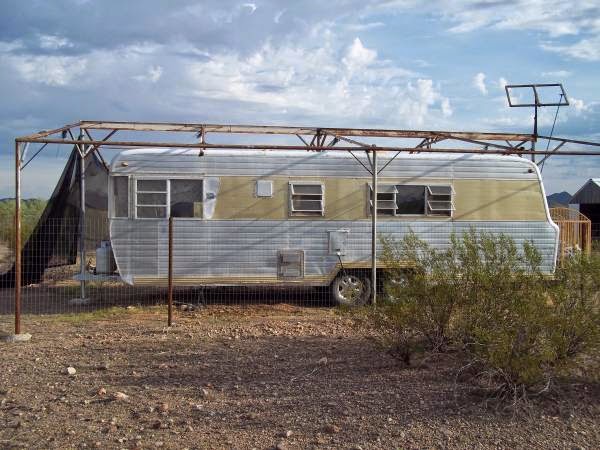I saw Honeycrisp apples for sale and couldn't resist making them into caramel apples. This is a recipe I got off of marthastewart.com a few years back. The following year they posted a different recipe that wasn't as good.
Classic Caramel Apples
Martha Stewart
Ingredients
Makes 6.- 6 wooden craft sticks
- 6 small apples, any variety, stems removed
- 1 cup heavy cream
- 1 cup granulated sugar
- 1/4 cup dark corn syrup
- 2 tablespoons unsalted butter
Directions
- Insert sticks into tops of apples. Prepare an ice-water bath.
- Bring cream, sugar, corn syrup, and butter to a boil in a saucepan over medium-high heat. Clip a candy thermometer to pan, and continue to cook until mixture reaches 245 degrees, 10 to 12 minutes.
- Place pan in ice-water bath to stop the cooking. Dip bottom of each apple in caramel. Using a spoon, coat apple halfway to three-quarters of the way up sides. Transfer to a parchment-lined baking sheet, and refrigerate until set, about 15 minutes (or overnight).
My Notes:
Took about 30 minutes to cook. Only cooked to about 240 degrees and caramel was still pretty stiff
when cool. Double recipe covered 6 large honeycrisp apples. Use a large pan so
mixture can bubble up without boiling over (even with constant stirring). Waxed paper is not good because the
cool caramel sticks to it. Maybe try a greased cool cookie sheet or try somehow
twirling the apples while the caramel cools so it doesn’t run off (would need extra hands for that).
















 \
\






